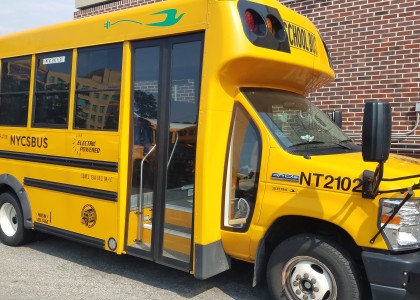ACEEE published an updated version of this policy brief in July 2022.
To meet ambitious emissions reduction goals, efficiency practitioners in several states are promoting electrification of space and water heating as an important building decarbonization tool. However, one barrier to deployment is the need to ensure that fuel-switching and electrification efforts are beneficial; i.e., they must reduce emissions and energy costs while harmonizing with existing energy efficiency policies aimed at reducing demand. Though a handful of motivated states―mostly in the northeast―have taken promising steps to clarify rules and guidance enabling and/or promoting fuel switching within customer efficiency programs, most have not, and some explicitly prohibit such incentives. This policy brief provides a helpful reference and snapshot of the existing state policy landscape for regulators and program administrators seeking to design and deliver effective programs that enable fuel switching and achieve maximum net carbon reduction benefits.




